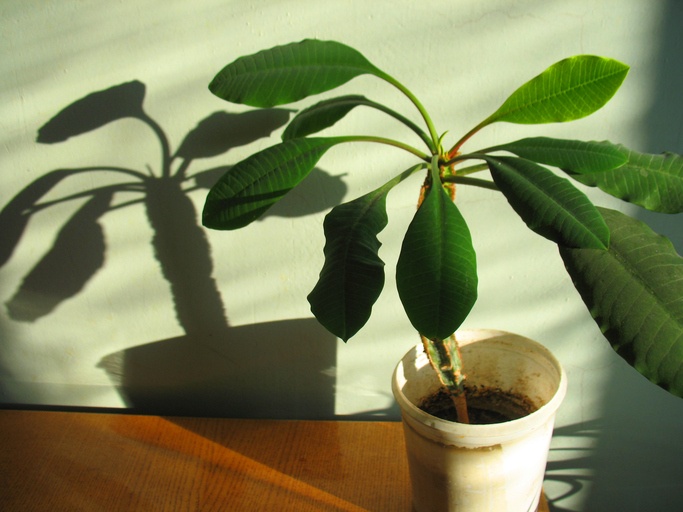
It’s true that most plants need plenty of sunlight to grow and flourish, obtaining the sustenance they need to bloom, sprout, and spread from exposure to solar energy.
Caring for a variety of houseplants is often a balancing act: too little light and plants will become leggy, lose color variations, stop blooming, or stop growing entirely; too much light and plants will wilt and leaves will fade or become scorched.
While rooms with south and west-facing windows are the optimal places for light hungry plants, there are several plant cultivars that are more than capable of greening up your dimmer spots.
Low light locations include east and north-facing windows, basements, bathrooms, the office, and windows shaded by trees.
Fortunately, there are plants that have adapted to thrive beneath the thick canopy of forests and jungles, places so densely shaded by enormous trees that very little sunlight is able to penetrate.
Even if your home has certain spots that are light-challenged, you can still have your houseplants – and keep ‘em happy too.
1. Cast Iron Plant (Aspidistra elatior)
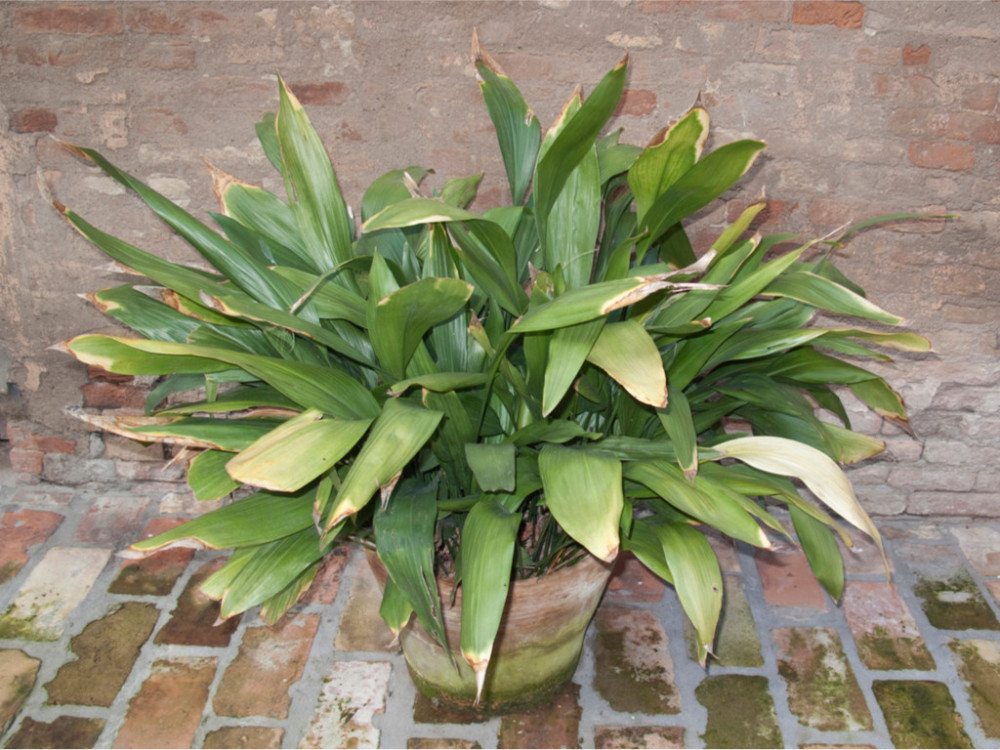
Tough as nails, the cast iron plant gets its name because it can tolerate conditions that would surely kill off most other plants.
A Japanese native with a simple upright cluster of dark green sword-like leaves, where the cast iron plant lacks in showiness, it more than makes up for in its tenacity.
Because it has adapted to flourishing in full shade on the forest floor, it can handle less than one hour of direct sunlight each day and very little water.
2. ZZ Plant (Zamioculcas zamiifolia)
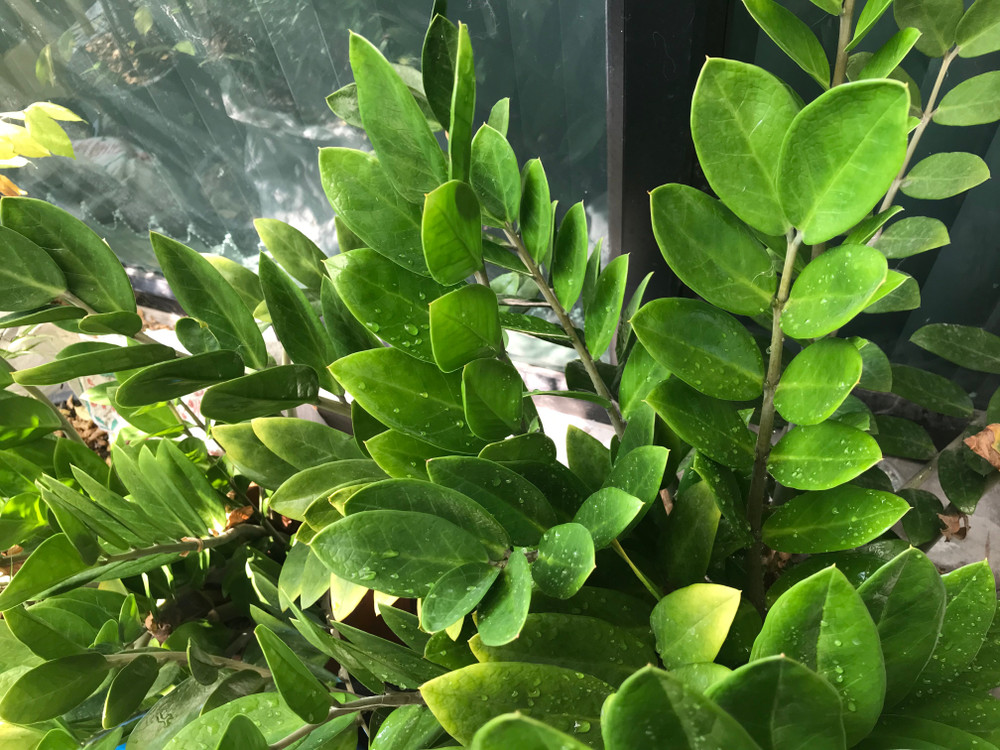
With long and graceful stems dotted with symmetrical glossy green oval leaves, the zz plant is a tropical perennial that hails from Africa.
Despite its origins, zz plant isn’t a desert cultivar; it is typically found growing in dense forests and savannas.
While zz plant enjoys moderate, indirect light, it can handle very low light and will even do well in a windowless space (like an office) as long as there is fluorescent lighting.
In addition to being a superior air purifier, the zz plant features fatter stems at the base of the plant which hold water during periods of drought – meaning the zz plant can go as long as four months without watering.
3. Northern Maidenhair Fern (Adiantum pedatum)
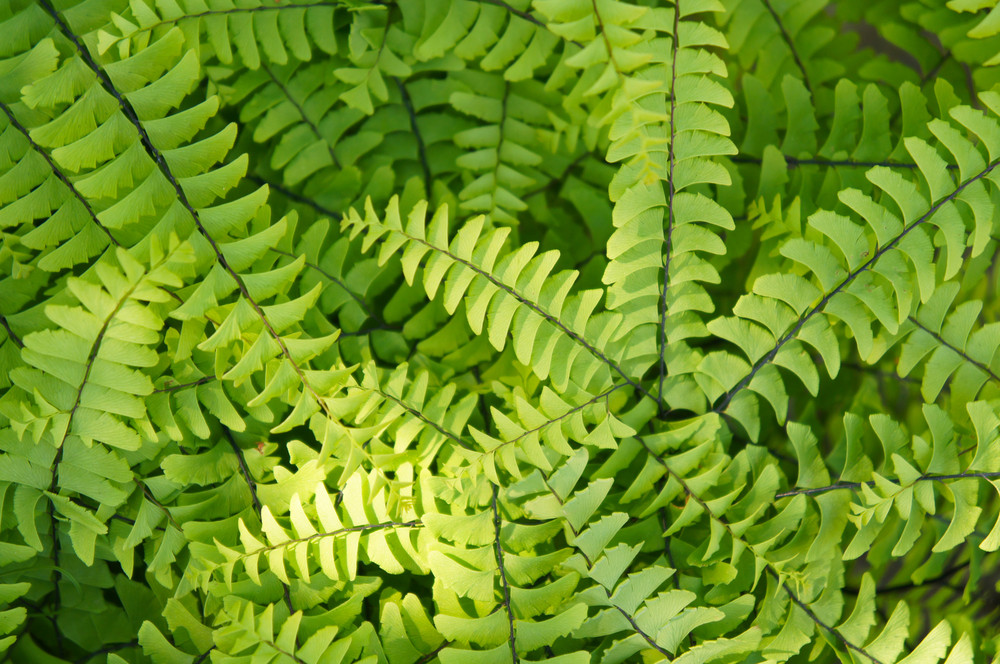
Also known as the five-fingered fern due to numerous narrow fronds set upon a black stem, the northern maidenhair fern is a delicate and wispy number with light and feathery foliage.
Preferring partial to full shade, natural light between one to five hours each day is enough to sustain this ethereal specimen.
4. Dumb Cane (Dieffenbachia seguine)
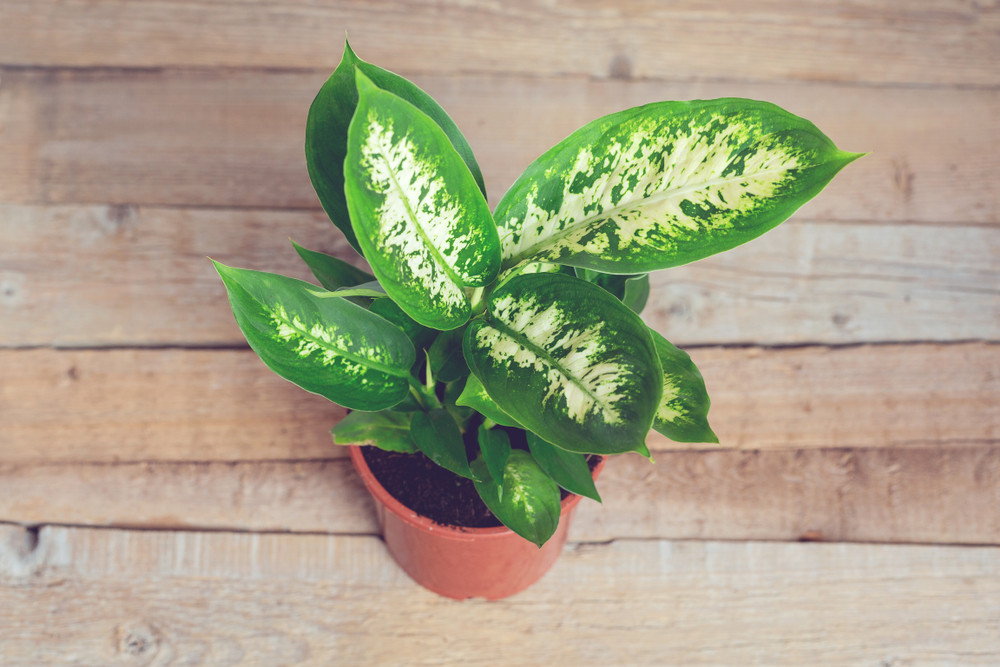
Keep your pets and kids away from the dumb cane plant – ingesting even a small amount of the plant’s leaves or sap causes swelling of the tongue, rendering the plant-eating culprit temporarily speechless.
Precautions aside, dumb cane is a gorgeous addition to any plant collection.
Eventually growing to a height of five feet, its large fronds are streaked with white flecks and spots.
Keep dumb cane happy by allowing it to bask in the indirect light of a north or east-facing window and always allow the soil to dry out between waterings.
5. Lucky Bamboo (Dracaena braunii)
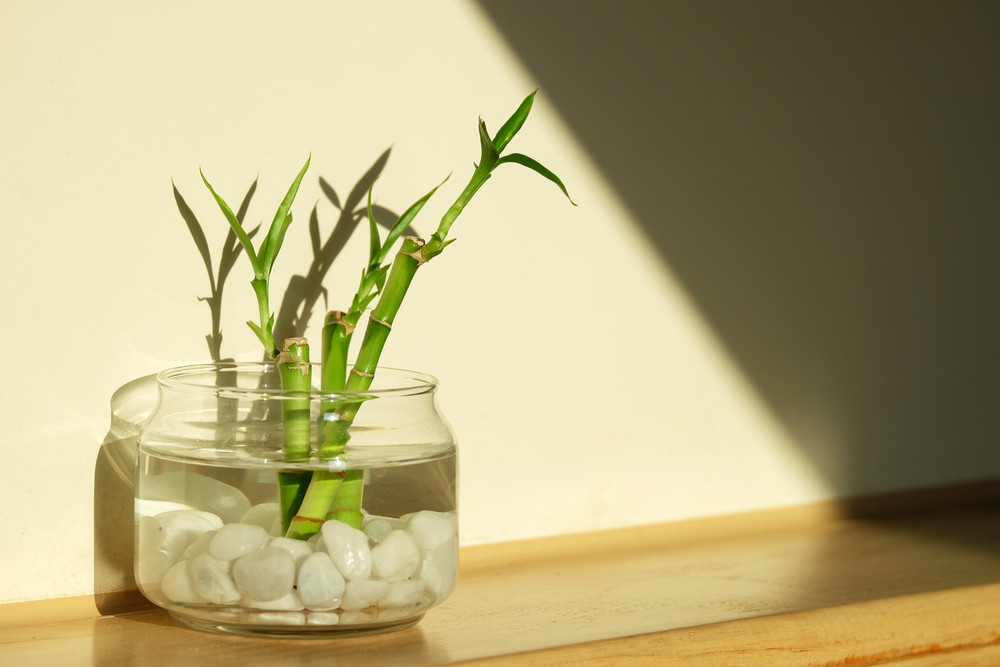
Despite being deeply associated with Chinese culture, lucky bamboo is actually native to Africa and its genus is entirely distinct from true bamboo.
Known for its hardy stalks that have a tendency to spiral and its minimal foliage, lucky bamboo is just as content in a glass of water as it is planted in soil.
A humidity lover that grows best in low, indirect light, lucky bamboo is the perfect plant for steamy spots like the bathroom.
6. Corn Plant (Dracaena fragrans “Massangeana”)
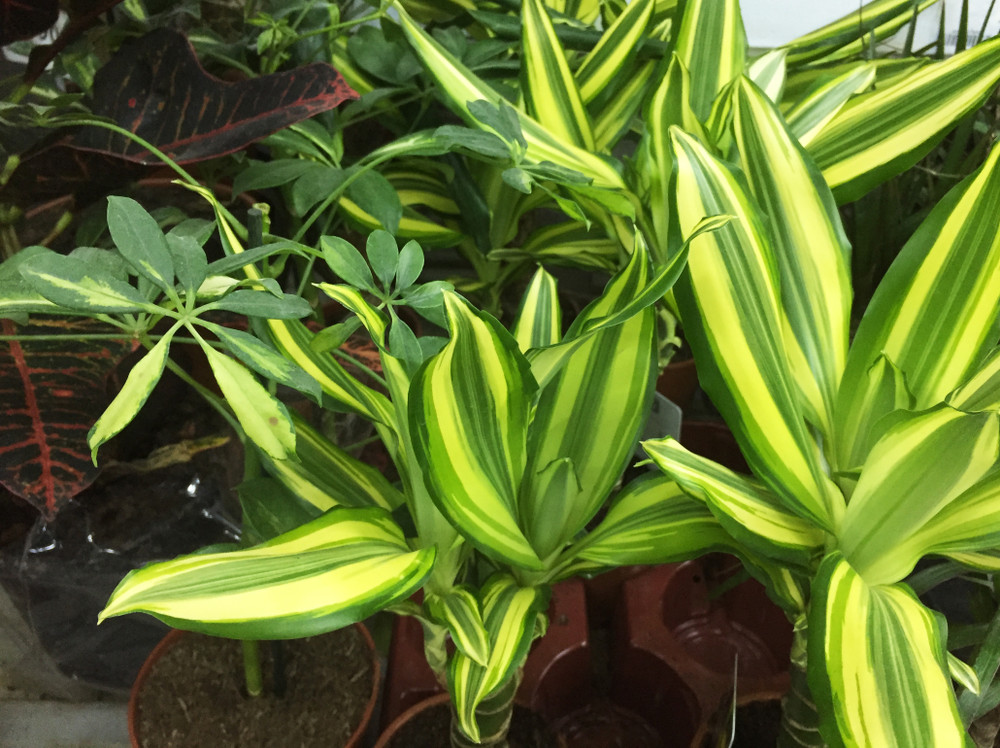
A real looker, the corn plant offers a piece of tropical paradise in your home year-round.
Like a little tree, it has a thick trunk topped with a spray of arching strap leaves, lending it a palm-like appearance.
Since it is native to East Africa, the corn plant loves it bright and sunny – but will do just as well in low light too.
Though it may grow slower in dimmer spots, try moving it outside during the summer months or to a brighter window every now and then, to give it a boost in growth and color.
7. Ponytail Palm (Beaucarnea recurvata)
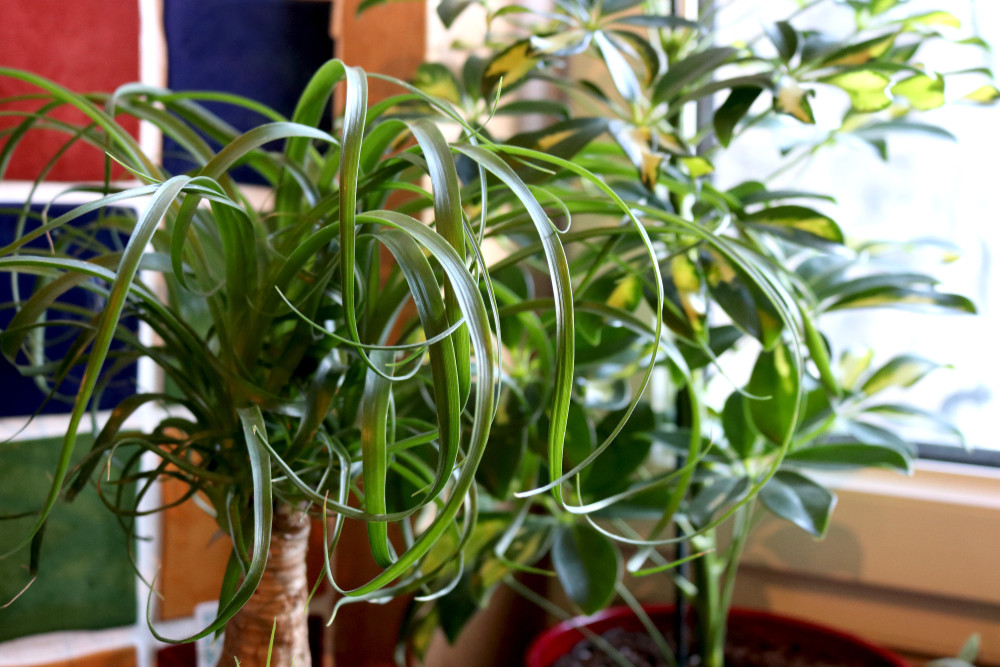
With a stout trunk topped with a spray of long and thin tendrils that have a habit of curling (kind of like a pony tail!), the ponytail palm – or elephant’s foot tree – is positively adorable.
The bulbous base of the trunk stores water, so it can go weeks without a drink, granting even the most forgetful owners a lot of leeway.
It’s unfussy in other ways too: the ponytail palm likes bright light, moderate light, low light – whatever.
It should adapt to any lighting situation, but feel free to move it brighter locations periodically to encourage fresh shoots.
8. Arrowhead Vine (Syngonium podophyllum)
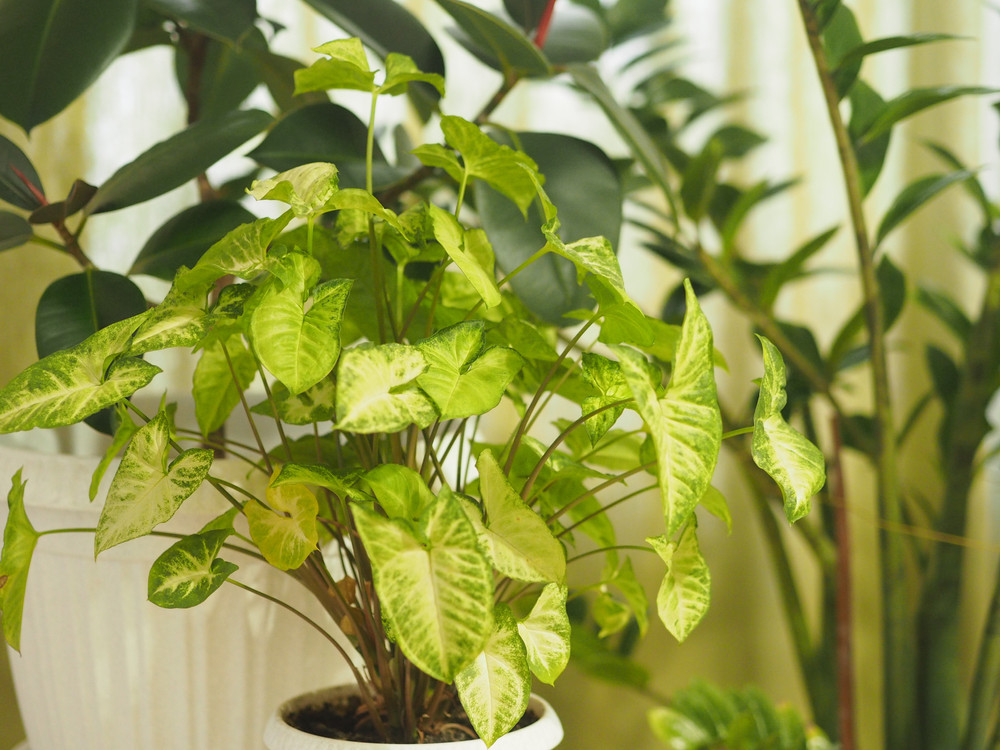
A transplant from South America, the arrowhead vine is part of the Araceae family and shares the same easygoingness as its brethren peace lily, philodendron, and dieffenbachia.
Aptly named for its large arrow-shaped leaves that range from pure green to variegated colorings in cream, pink, and yellow, arrowhead vine can be kept full and bushy (just pinch it back to keep this form), trained along a trellis, or planted in a hanging basket.
While it prefers medium, indirect light, arrowhead vine will do just fine in low light conditions.
When situated in darker spots, arrowhead vine loses its color variations so it’s best to choose the green leaf cultivars.
9. Bromeliads (Bromeliaceae sp.)
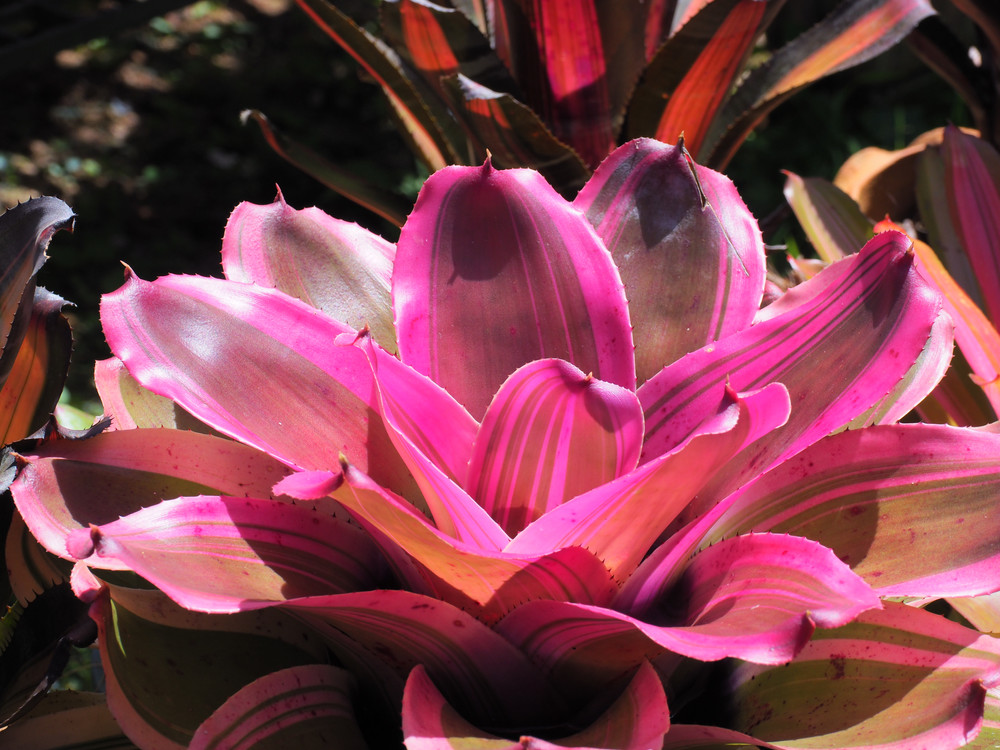
The bromeliad family is quite large, spanning more than 3,000 known species.
Because there are so many bromeliad cultivars, native to several tropical and subtropical places in the world, they have adapted to numerous environments.
Of the bromeliads that thrive under the darkened canopy of the forest are Nidularium longiflorum, Vriesea, and Guzmania, all of which are equally handsome epiphytes.
While they can tolerate bright, filtered light, they prefer the shade and an ample amount of humidity.
10. Nerve Plant (Fittonia sp.)
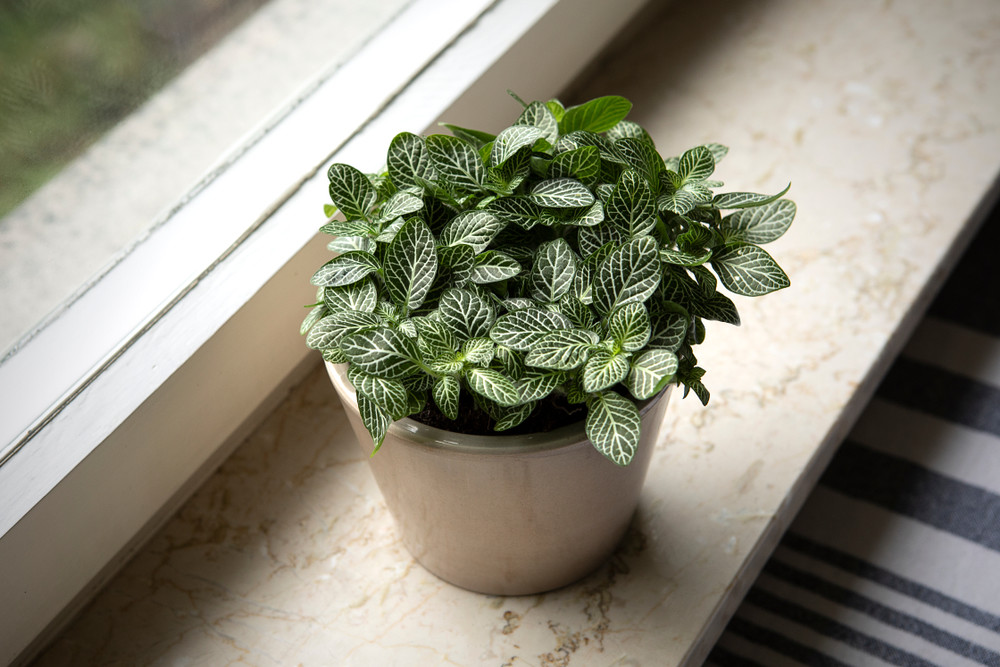
Acquiring its common name from the eye-catching leaves that trace each delicate vein in brilliant white, pink, or red, nerve plant will certainly add some iridescence to any houseplant array.
A compact species, nerve plant spreads only 6 to 12 inches, and since it craves humidity, it’s an ideal plant for terrariums.
Nerve plant does best in bright, indirect light, but can withstand the low light treatment. It does especially well when placed under the fluorescent lights of the office.
11. Dragon Tree (Dracaena marginata)
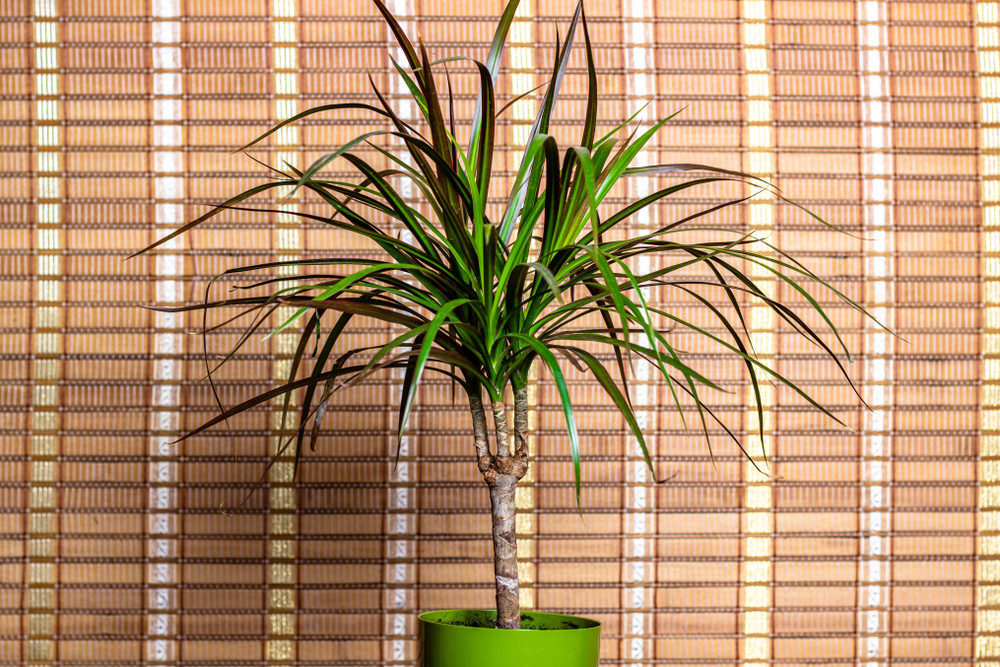
Dragon tree is visually stunning – a plume of spiky leaves atop an impossibly narrow and curvaceous cane.
Growing as tall as 20 feet in its native Madagascar, the houseplant version is far shorter and looks so striking with three of varying heights in a single pot.
Despite its dramatic flourishes, dragon tree is very low maintenance and will do just fine in partial shade.
12. Rex Begonia (Begonia rex-cultorum)
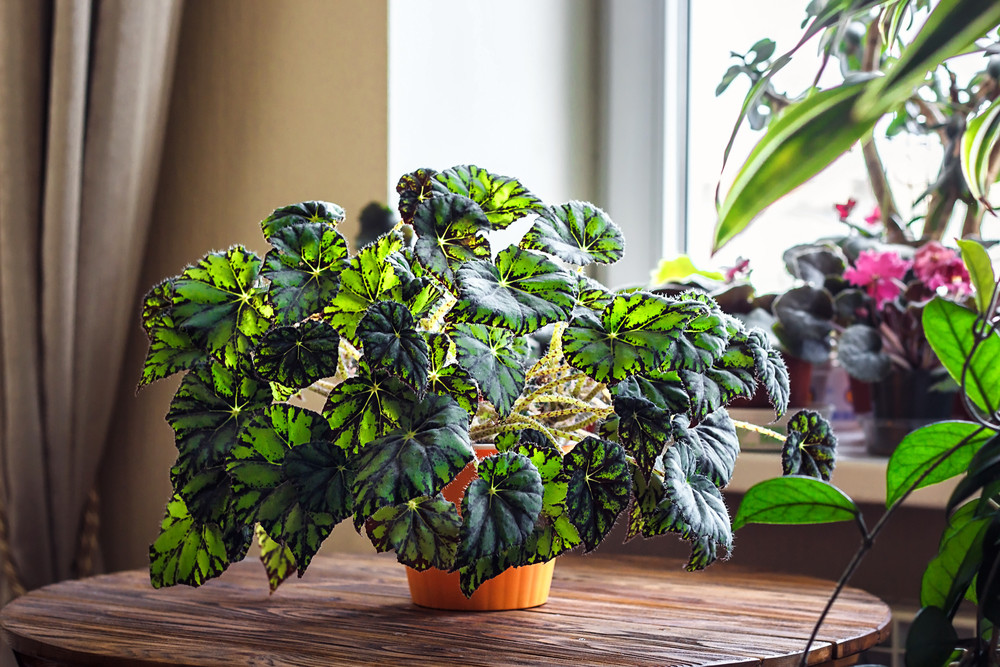
Typically used in outdoor spaces, the rex begonia can be perfectly at home in your indoor garden too.
These bicolor beauties have large 6 inch leaves that are bordered and spotted in hues of purple, pink, red, silver, or green.
Rex begonias don’t need much light – from full to partial shade – but do require lots of humidity, a fast-draining soil, and frequent fertilization.
13. Zebra Plant (Calathea zebrina)
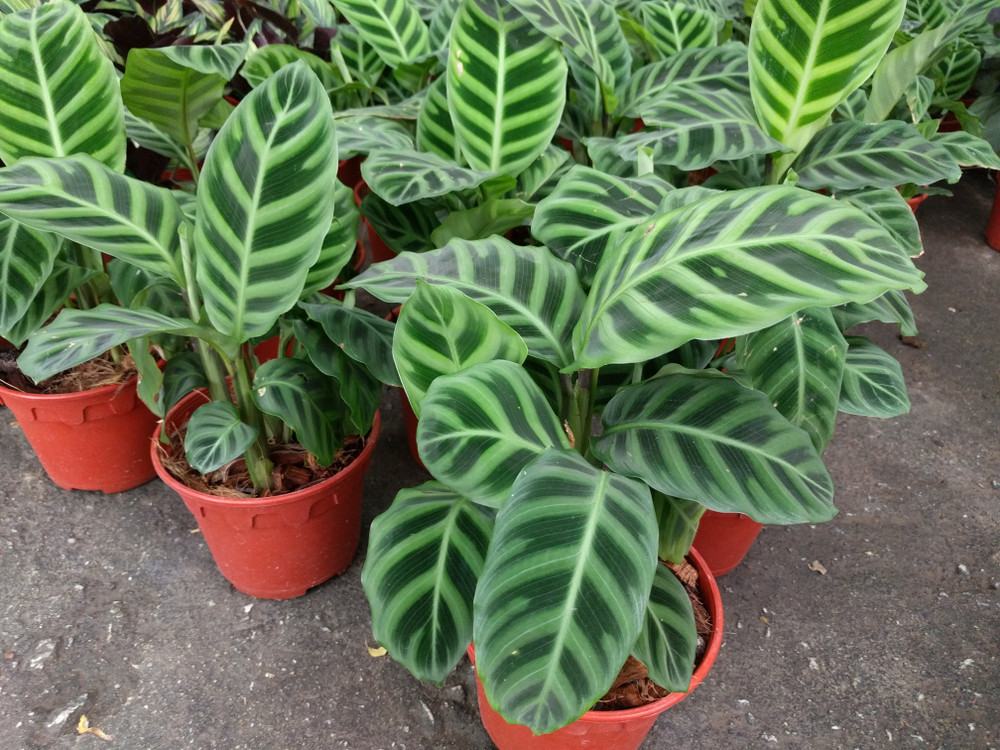
Like other Calathea cultivars, zebra plant is easy to care for and only needs minimal light.
Notable for its leaves, zebra plant’s foliage is boldly patterned in dark green stripes, while the underside of the leaf shows a lovely tone of purple.
From the shaded tropics of Brazil, zebra plant does not like direct light, which will only cause its dazzling leaves to scorch.
14. Swiss Cheese Plant (Monstera deliciosa)
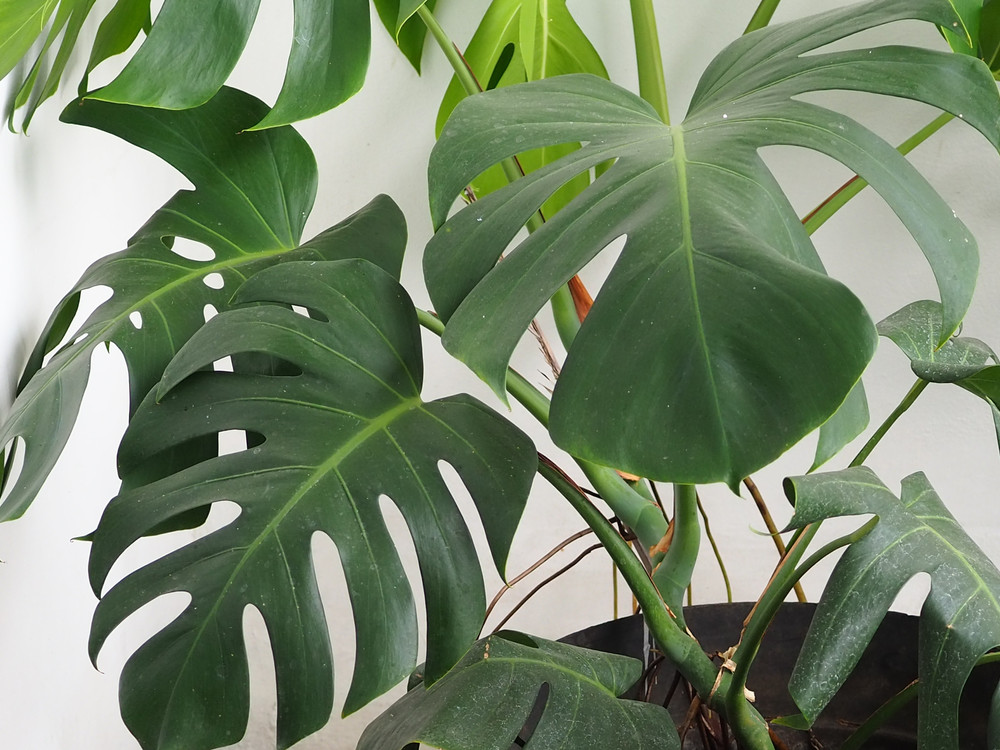
Native to the jungles of Mexico, Swiss cheese plant features two foot wide fronds with charming oblong gaps in the leaves.
Its perforated foliage gives it its common name, but it is also sometimes called split-leaf philodendron.
A talented climber, it can trail upwards of 70 feet in its natural habitat but is easily tamed as a houseplant in a container.
Don’t let its exotic look fool you – the Swiss cheese plant is actually quite undemanding. Give it a home in a partially shaded location like a north-facing window.
